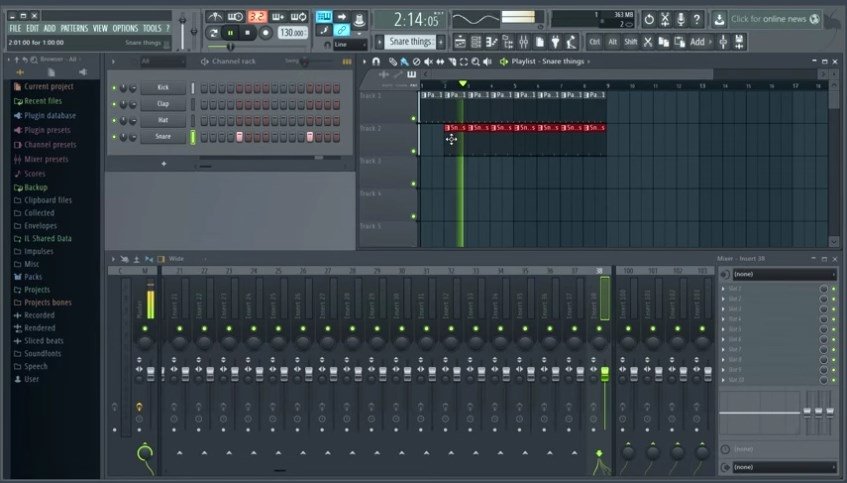
You can now select a pattern and "paint" it into the timeline to build a track. When you open the arrangement window, all of the patterns you've added will appear on the left side. You can rename the patterns to match the file name or whatever works for you. Go to the next pattern in the pattern in the pattern selector. You can now edit it in the piano roll, if necessary. Each time you select a loop in the FPC browser, it's added to the current pattern and to the piano roll. It's easy to use the loops to build a track. That's it! The next time you start FPC, the loops will be there! Using MIDI loops in FPC Then copy your loops into the appropriate location. This is totally up to you but should help you navigate through your loops faster.įor example, create a "Groove Monkee" folder inside your FPC drumloops folder. Or a folder for your patterns plus a separate folder for any 3rd party MIDI you have. On my PC it's located at: E:\Programs\FL Studio 20\Data\Patches\Scores\FPC drumloopsĬopy the MIDI files into the FPC drumloops folderįirst, you may want to create a top-level folder to hold all your patterns. In the image below, the red arrow points to the 'midi folder' location. Click on the folder icon labeled "Midi Loop" and it will open the folder location. It's directly below the Pan, Volume and Pitch controls.Ģ. Open FPC and look for the pattern browser window on the top right side. It's easy to find the folder holding these patterns. Find your FPC MIDI patterns folderįPC ships with a bunch of MIDI patterns stored in a folder named "FPC drumloops".

Then I offer a couple of tips to start using them as patterns. Answer? Yes you can! Here's a short tutorial describing how to add MIDI loops to the FPC browser. Recently a user emailed to ask if it's possible to add our loops to FL Studio's FPC drum machine.

Groove Monkee Partners with Editors Keys.Country Updated with BeatBuddy PBF file.New Mac Installers for Catalina - BFD3 - Addictive Drums 2.Groove Monkee now supports the BFD Core Kits by Reason Studios.


 0 kommentar(er)
0 kommentar(er)
